Understanding Pressure Washing Importance
Gutters, shingles, sidings and walkways endure annual elemental battering, collecting granular dust, coal smoke residues and particulate vehicle emissions, besmirching building facades and jeopardizing surface integrity over years if left clinging. Add windborne spores and air pollution oxidizing paint while mossy fungal colonies thrive in mildewed corners.
While rain partially self-cleanses, it hardly tackles adhered particles across intricate architectural grooves, accented outcrops and concealed undersides. Here, pressure washing delivers uncompromising mechanical muscle scouring, thoroughly reviving dwellings to their gleaming best visually while protecting assets long-term functionality-wise.
Think beyond aesthetics alone. Grime buildup trapping water corrosion persists, deteriorating pipes, fixtures, and roofs exponentially if harsh seasonal cleaning is avoided right when atmospherics facilitate drying afterwards. High-pressure house washing mitigates costly repairs down the line.
Read: 16 Benefits of Pressure Washing Your Home
Factors Influencing Exterior Pressure Washing Frequency
Regional Climate Differences
Per the EPA, coastal proximity faces humidity, metropolitan air quality near industrial smog centres, and transitional seasons witnessing massive foliage or fire residue air loads cause faster surface detritus accumulation, necessitating aggressive cleaning more often.
Compare deep Southern US facing five-fold pollen explosions and sea spray versus arid interiors combating essentially dust. Know your microclimate and pollution profile. The position also impacts exposure-sheltered leeward areas withstand longer than windward weather-beaten facades directly facing elements.
Home Composition Variables
While every building requires occasional refreshes, construction materials react differently under environmental stresses over time. Paint lacquers corrode faster than fired brick or granite skins, demanding selective reapplication, not entire surface washing cycles aimed at chipping wood or seal-stripped plasters at danger of waterlogging issues behind.
Cleaning Purpose
Where health concerns over rampant mould and algae uprising outdoors take priority, demanding immediate high-pressure sanitization between monsoon months, cosmetic enhancements may work on extended cycles based on showing accumulated stains alone. If planning painting jobs afterwards anyway, previewing for assessment under brighter light post-washing makes sense over calendar routines.
Cost Efficiency Factors
Being water-heavy work, professional service charges reflect trip factors like water tanker transporting for self-reliance, backup generators onsite and sheer working hour expenses, making frequency an expensive proposition most avoid exceeding annually at best even where atmosphere demands outdo practicality-smart selective cleaning curbs crippling expenses.
When Should You Pressure Wash The House?
Pressure wash schedules depend greatly on home location and build intricacy, determining cleaning capacity needed against budget. While no one size fits all perfectly, observe these indicative scenarios suggesting likely common instances warranting wash jobs to preserve assets well.
1. Pressure Wash Mildew Prone Areas, Walls Facing Moisture
Homes sides exposed to humid crosswinds or facing shaded, wooded expanses tend to manifest powdery mildew blooms across exterior walls and fixtures almost perpetually due to uninterrupted dampness. Blast away stubborn growth, ensuring surface integrity while simultaneously delaying further fungal spread.
2. Pressure Wash Before Major Renovation Like Painting, Siding Jobs
Major surface enhancement projects depending greatly on underlying base layer protection and finish warrant intensive preparatory degreasing and particulate removal for maximum adhesion and longevity afterwards, avoiding repeated post-project upkeep.
3. Pressure Wash Post-Major Storms Like Hurricanes Bringing Massive Debris
Extreme weather events generate huge microbiological and particulate upflow from flooding, foliage and structural damages beyond the norm, needing prompt clearing once conditions stabilize or risk deeply embedded accumulation magnifying gradually-act before the next rains arrive.
Conclusion
Enjoy pristine building facades, balancing preservation against pocket considerations, and knowing regional dynamics incentivize cleaning timelines beyond calendar routines alone. While professional pressure washing services prove invaluable for riskier elevated jobs, convenient home pressure washers handle ground-level jobs satisfyingly restoring glow, too. Invest according to value proportion and surface particular risks rather than feeling pressured to meet yearly rules alone. Keep assets shining their best!

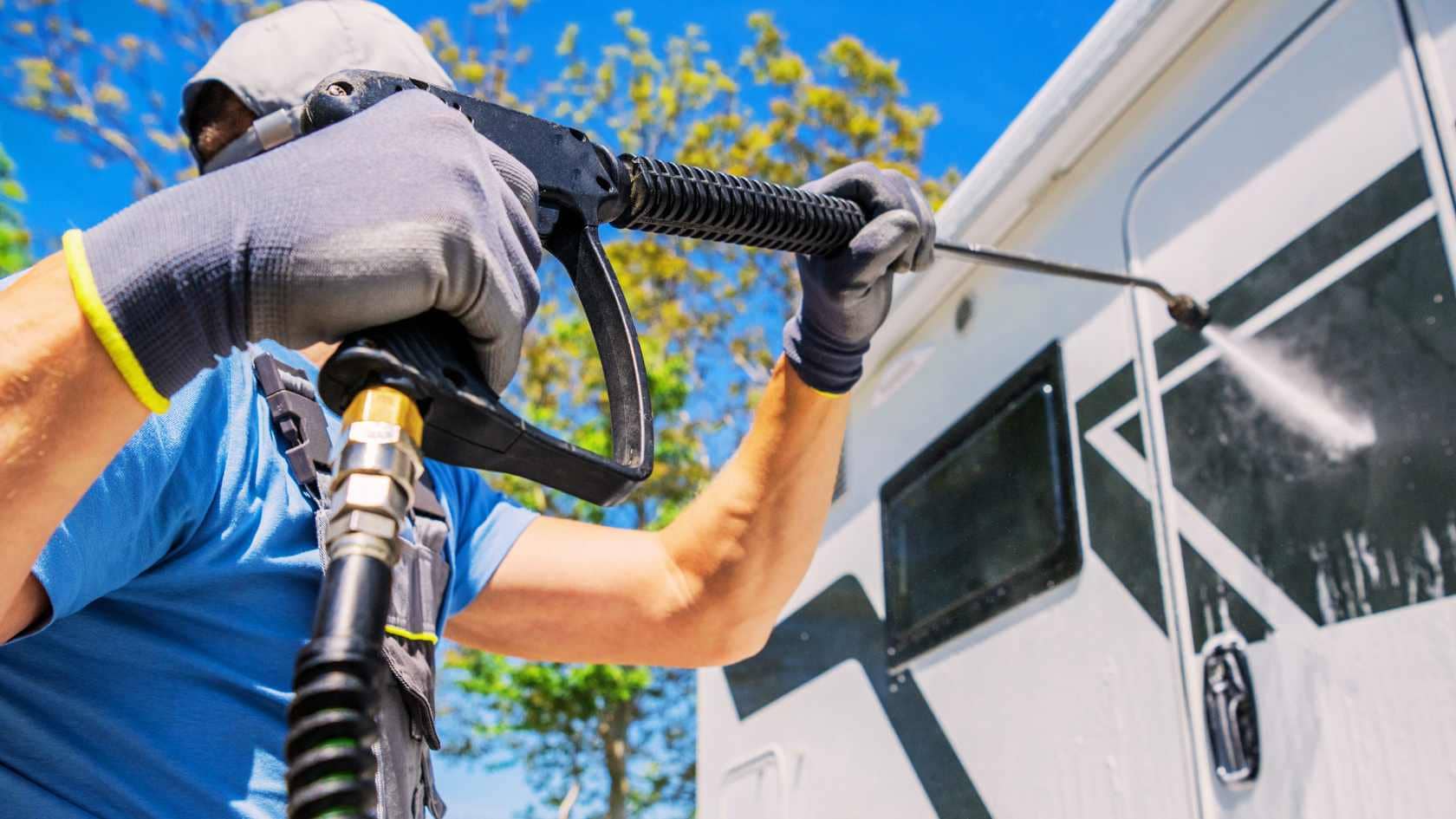

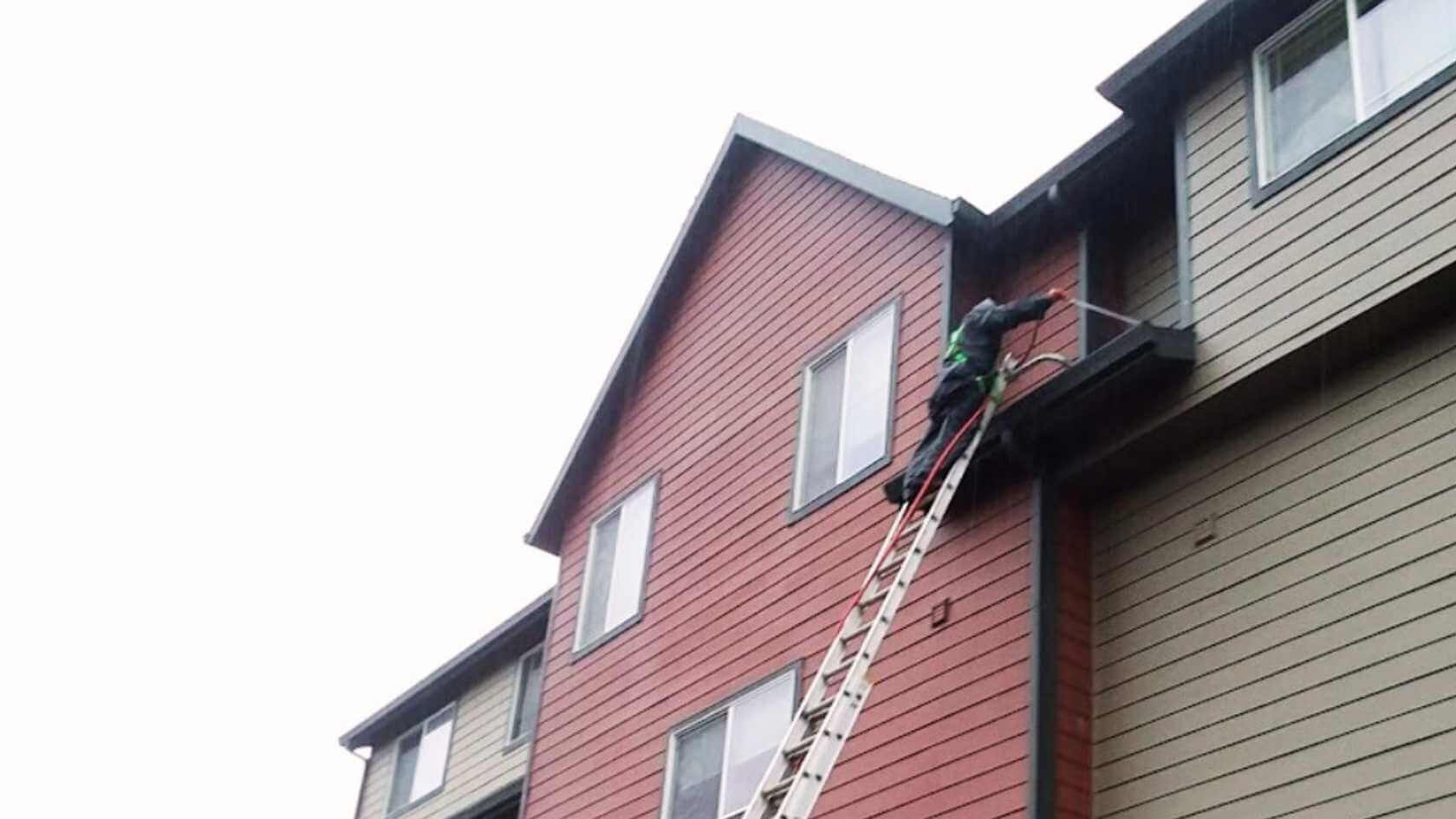


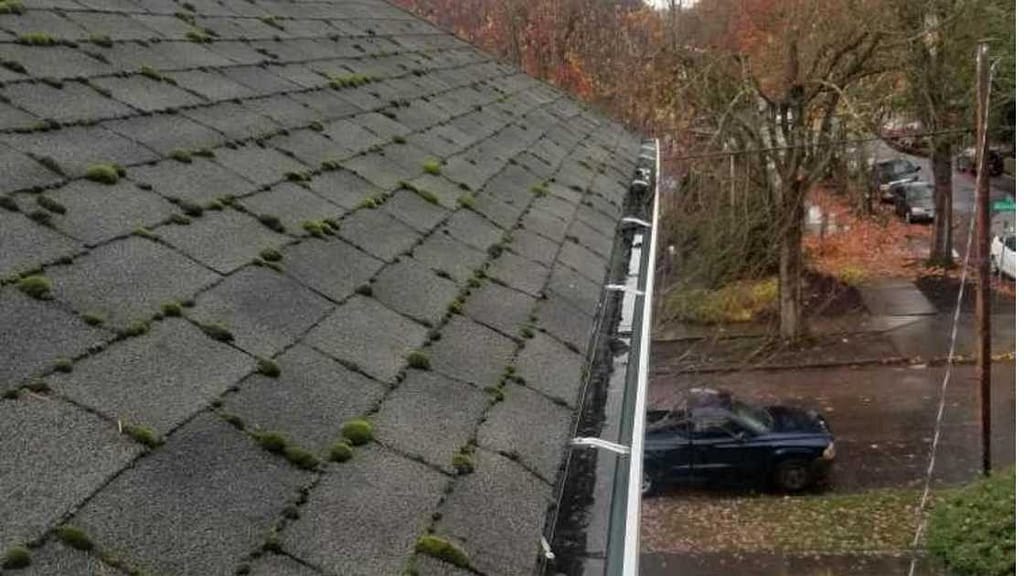

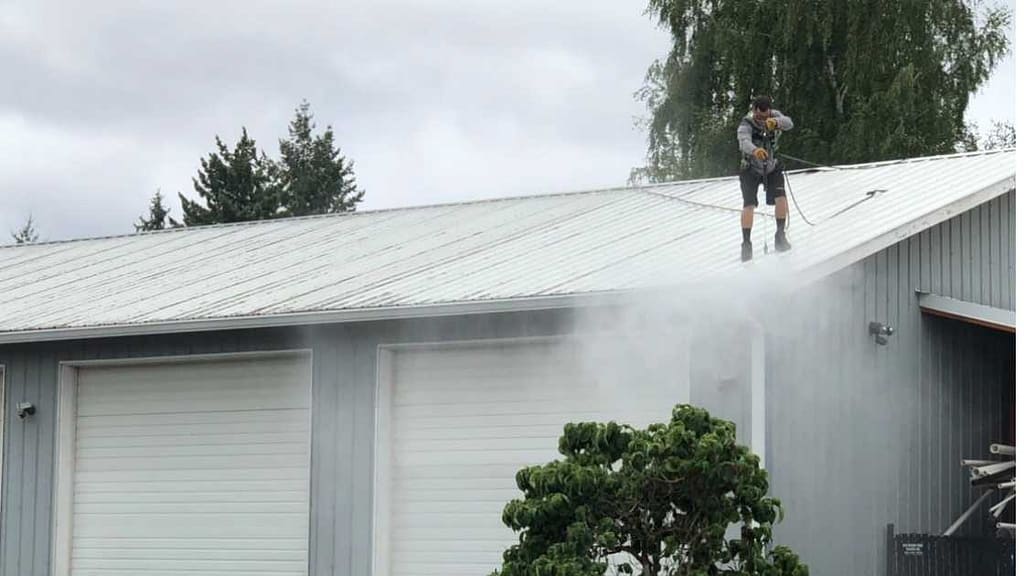

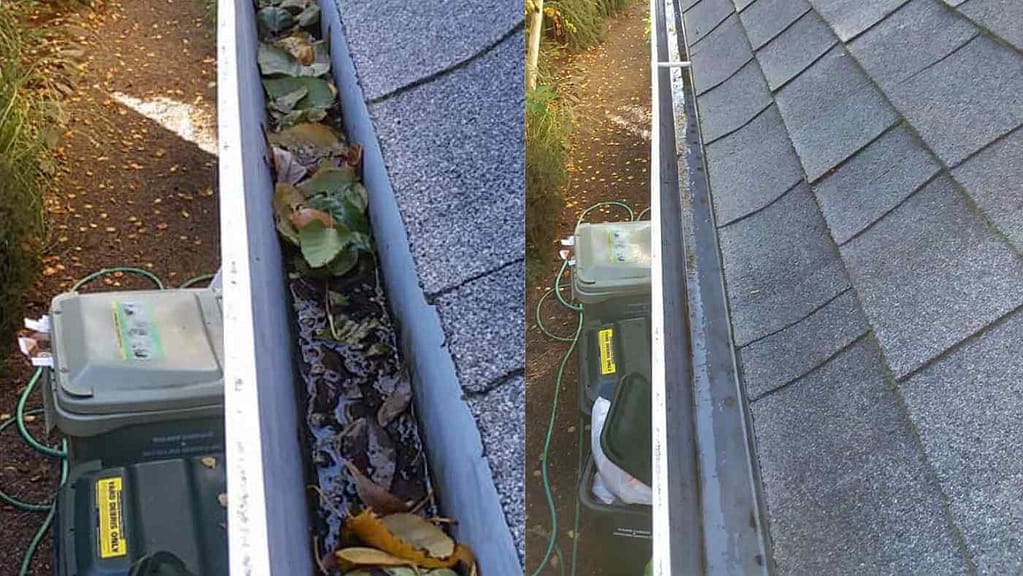
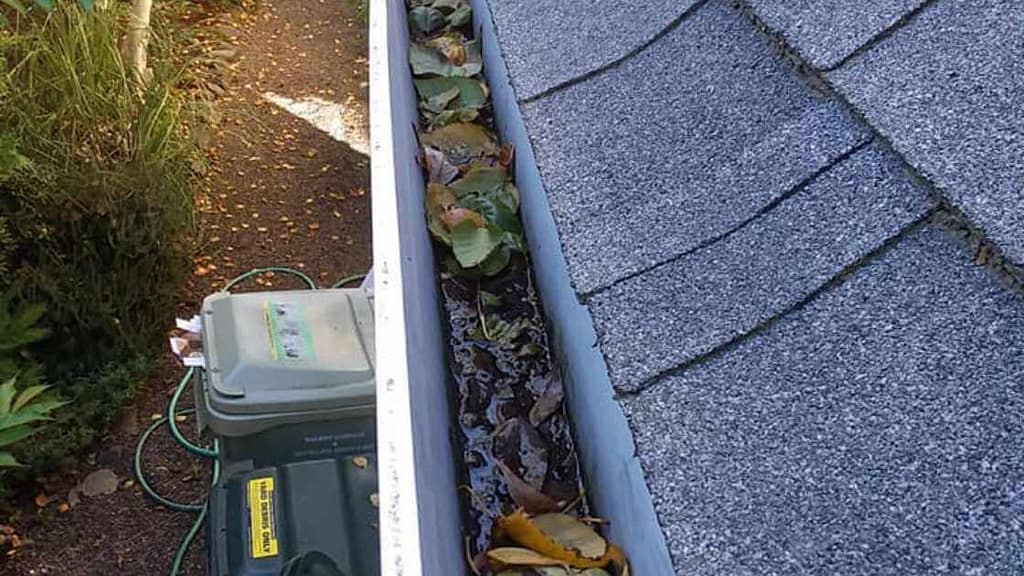

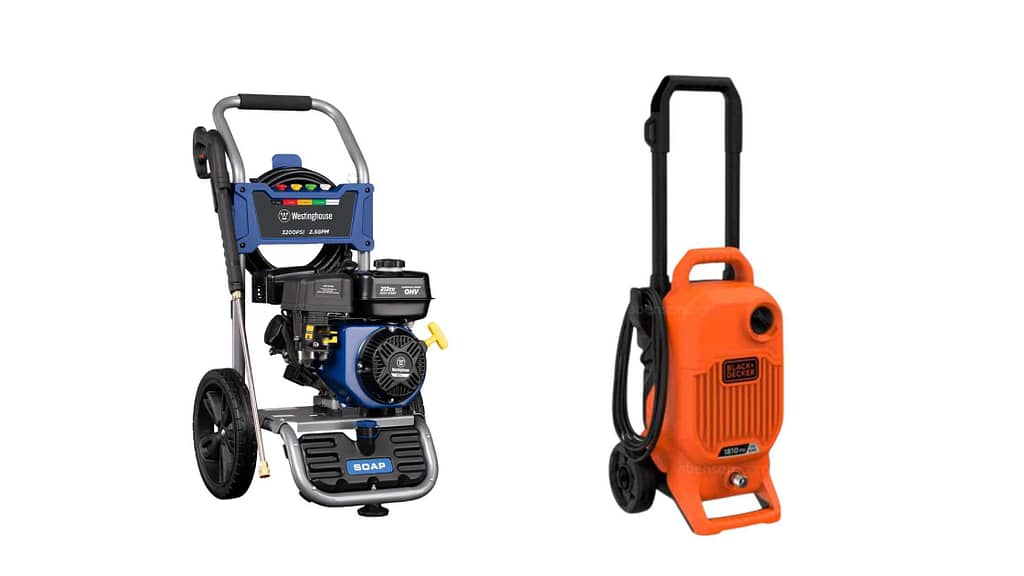
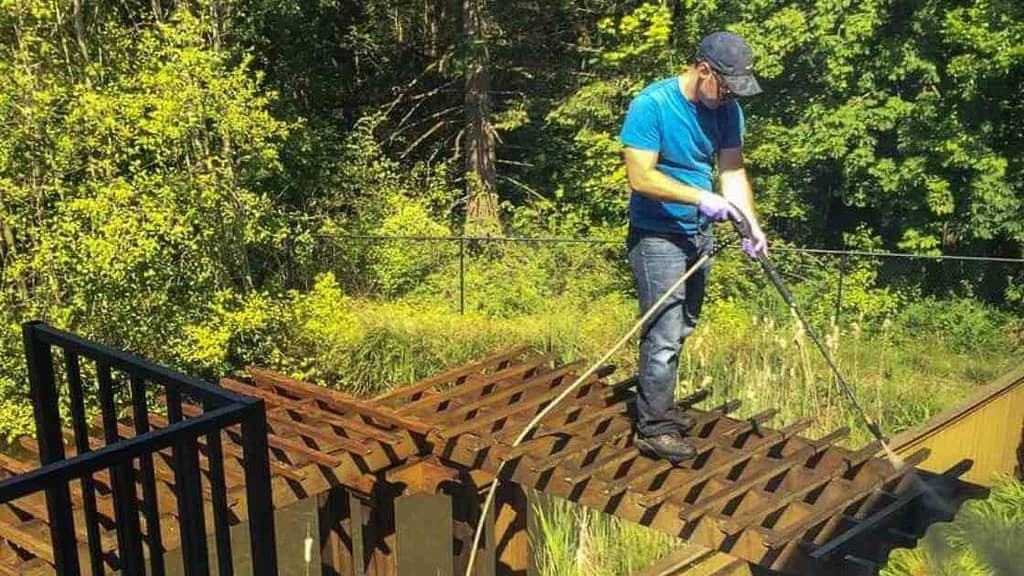

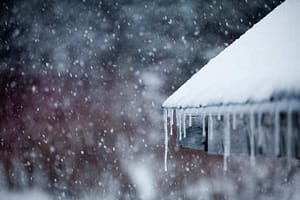 There are a lot of things that we do to prepare for winter, and the checklist that we provided to you in one of our earlier posts is a great reminder and in printable form. But what about the things that we need to know about once winter has come? Here are some fun and interesting pieces of information when winter hits your home.
There are a lot of things that we do to prepare for winter, and the checklist that we provided to you in one of our earlier posts is a great reminder and in printable form. But what about the things that we need to know about once winter has come? Here are some fun and interesting pieces of information when winter hits your home.
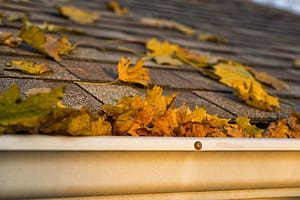 You know how you can tell if someone is from the Pacific Northwest? They walk in the rain with a hooded jacket and there are few umbrellas in sight. That’s because we know the rain will eventually stop and its usually a gentle rain that waters the grounds and trees. In heavy rain we stay indoors.
You know how you can tell if someone is from the Pacific Northwest? They walk in the rain with a hooded jacket and there are few umbrellas in sight. That’s because we know the rain will eventually stop and its usually a gentle rain that waters the grounds and trees. In heavy rain we stay indoors.

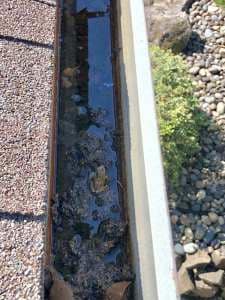



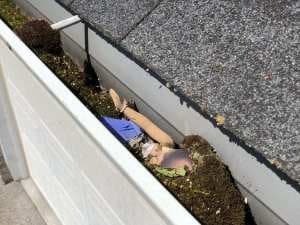

 At Forcewashing we want our customers to be ready for winter with a list of key tasks that you can start doing now. So while you’re enjoying the leaves falling, take your time through the list and let’s get prepared for winter together!
At Forcewashing we want our customers to be ready for winter with a list of key tasks that you can start doing now. So while you’re enjoying the leaves falling, take your time through the list and let’s get prepared for winter together!
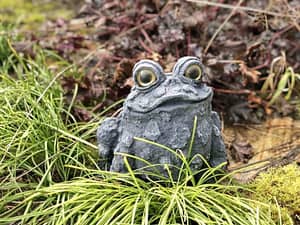


 Another interesting part of our job is finding hidden gardens in your gutters. We appreciate the gardening done by Mother Nature, using every aspect of every crevice to create new plants and moss.
Another interesting part of our job is finding hidden gardens in your gutters. We appreciate the gardening done by Mother Nature, using every aspect of every crevice to create new plants and moss.

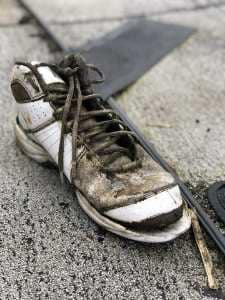
 Mary: “How’s your new Basenji dog doing? I hear they are real jumpers.”
Mary: “How’s your new Basenji dog doing? I hear they are real jumpers.”

